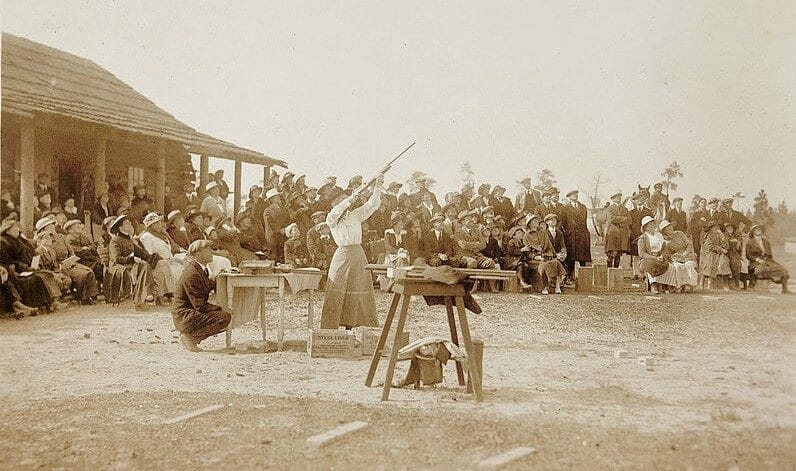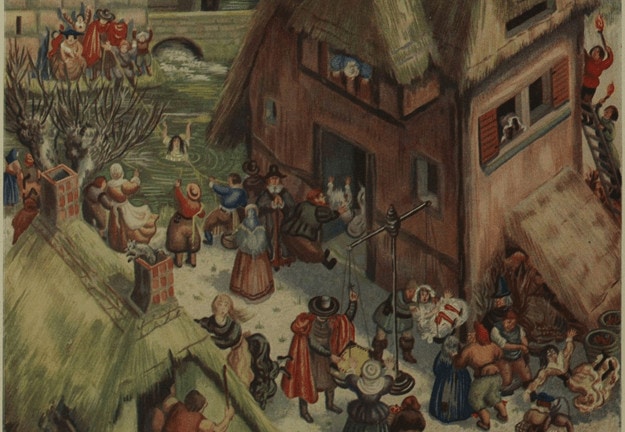│By Eloise Sinclair, Gale Ambassador at Durham University│
In July 1889, Mr. Russell Harrison, the son of US President Benjamin Harrison, visited Buffalo Bill’s Wild West encampment. He was welcomed with a spectacular breakfast of “clam chowder, baked beans with a flavor of savory pork, corn bread, custard pie and ice cream”. After which, he was taken for “a ride in the famous Deadwood Coach,” and gifted with a 5-cent piece. This was no ordinary 5-cent coin – a hole had been pierced through its centre by one of Annie Oakley’s bullets. I first learned about the celebrated sharpshooter Annie Oakley and the role she played in providing the West with an identity during a trip to the National Cowgirl Museum in Texas, a visit which left me eager to learn more. By using Gale Reference Complete, a package of digital resources available at Durham, I was able to explore a range of documents detailing her life and legacy.



